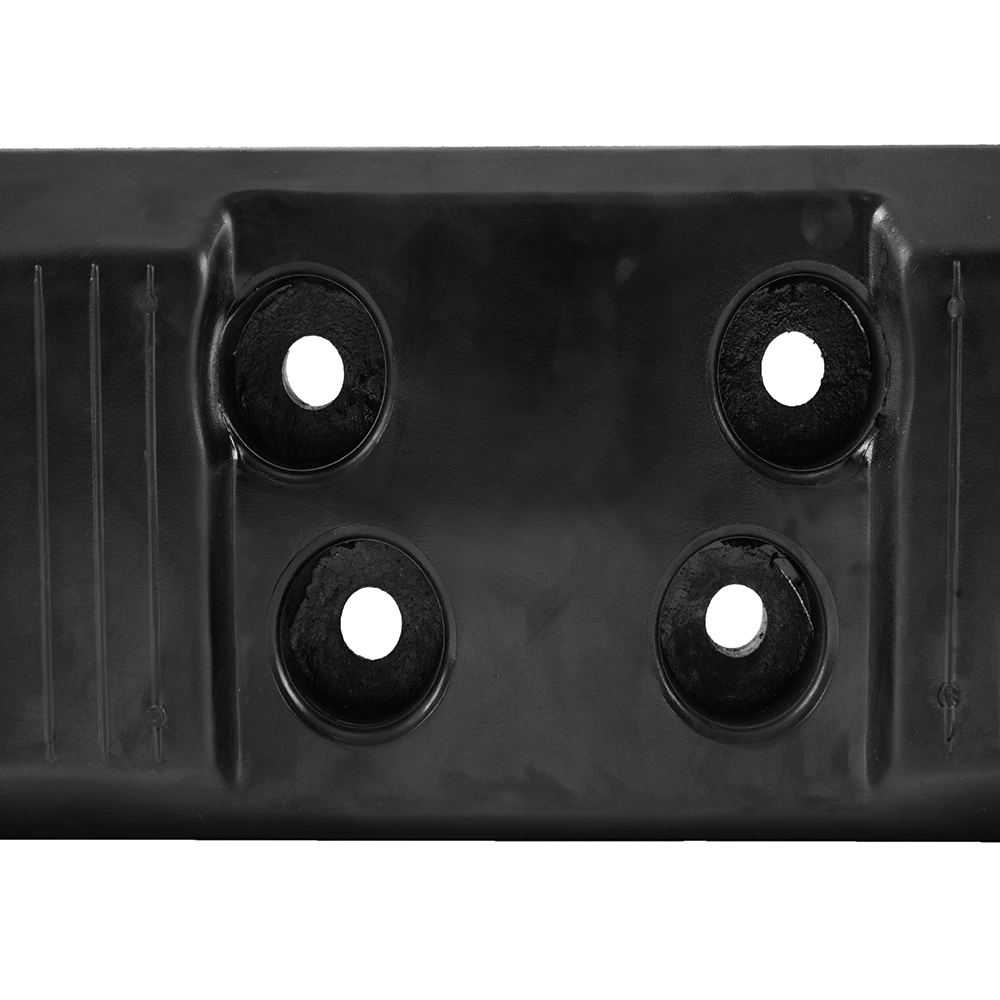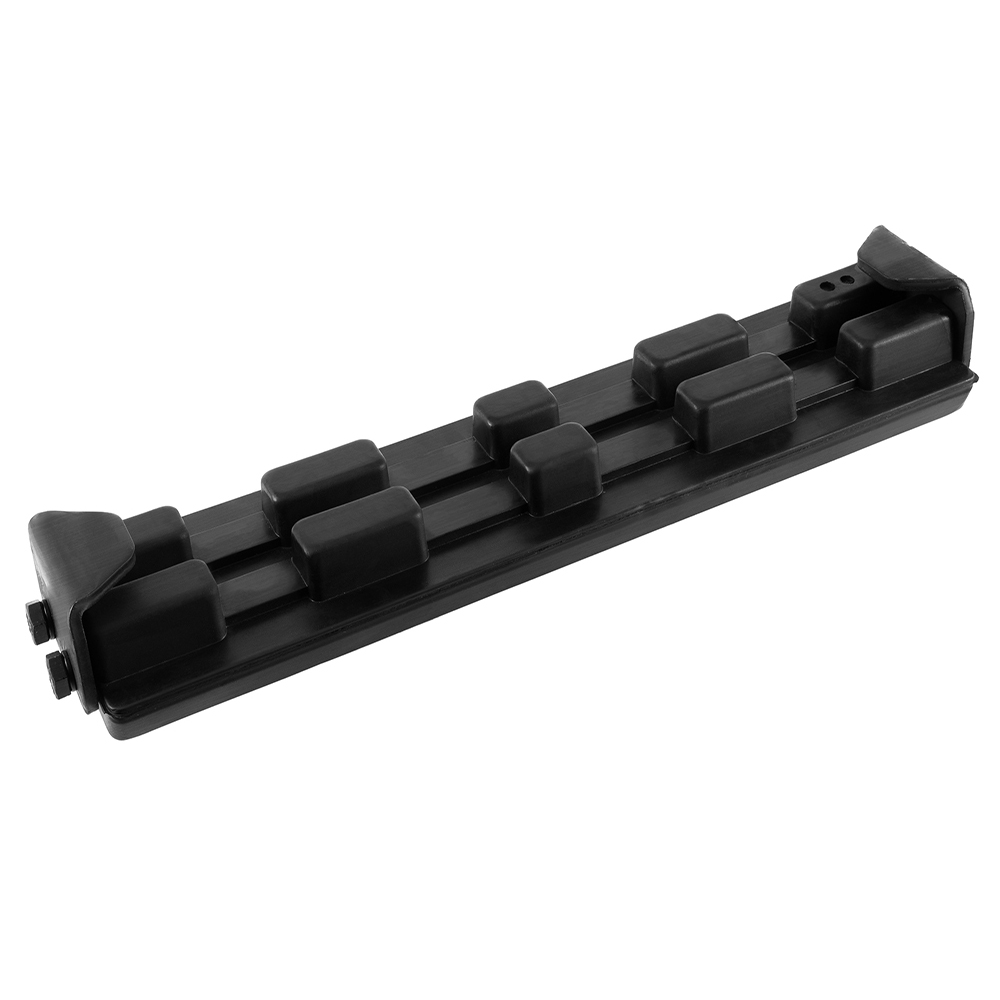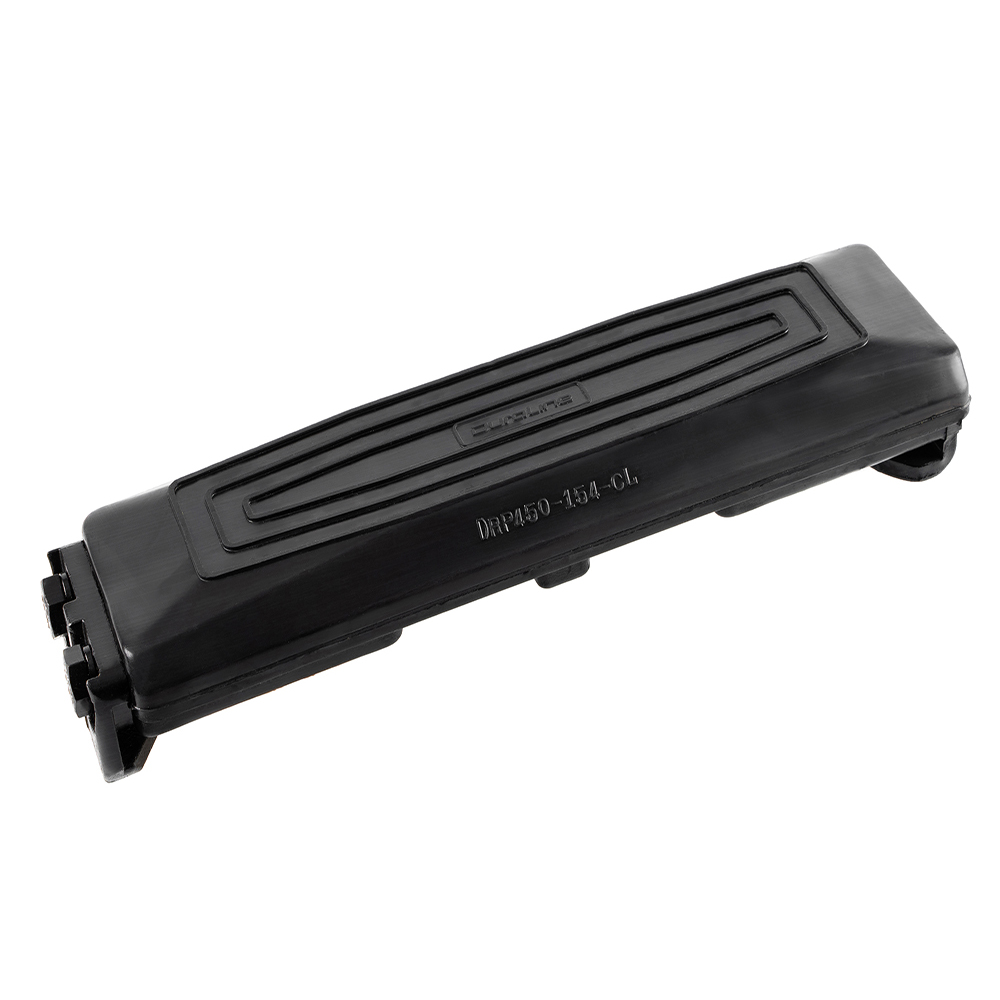Rubber pads for excavators significantly enhance your machine’s efficiency. These excavator pads reduce ground damage and improve traction, making them ideal for various surfaces. Unlike steel tracks, excavator rubber track pads offer superior grip, allowing smooth movement without slipping. This feature is crucial for maintaining control and stability. Additionally, excavator rubber track shoes provide a quieter operation, which is essential in urban and noise-sensitive areas. Their ability to minimize ground disruption makes them perfect for residential environments. By choosing excavator rubber track shoes, you ensure a more efficient and less disruptive operation.
Benefits of Rubber Track Pads
Rubber pads for excavators offer numerous advantages that enhance your machine’s performance and efficiency. These benefits make them an essential component for any construction project.
Enhanced Performance
Excavator rubber track pads significantly boost your machine’s performance. They provide superior traction, which is crucial when operating on various surfaces. This enhanced grip ensures that your excavator maintains stability and control, even on slippery or uneven terrain. By using excavator rubber track shoes, you can transition smoothly from dirt to delicate surfaces without causing damage. This capability not only protects the ground but also improves the overall efficiency of your operations.
Longevity and Durability
Durability is a key feature of excavator pads. The rubber compound used in these pads is abrasion-resistant and anti-chunking, ensuring they withstand harsh conditions and heavy use. This durability translates to a longer lifespan for your equipment, reducing the need for frequent replacements. By investing in high-quality rubber pads for excavators, you ensure that your machinery remains in top condition, minimizing downtime and maintenance costs.
Versatility
The versatility of excavator rubber track pads makes them suitable for a wide range of applications. Whether you’re working on asphalt, concrete, or turf, these pads protect the surface while providing excellent traction. They come in various styles, such as clip-on, bolt-on, and chain-on, allowing you to choose the best fit for your machine and project requirements. This adaptability means you can use your excavator in diverse environments without compromising performance or causing damage.
By understanding the benefits of rubber pads for excavators, you can make informed decisions that enhance your machine’s efficiency and longevity. These pads not only improve performance but also offer protection and versatility, making them a valuable addition to your equipment.
Considerations for Use
When selecting rubber pads for your excavator, it’s essential to weigh both the benefits and potential drawbacks. Understanding these factors will help you make informed decisions that optimize your equipment’s performance.
Potential Drawbacks
While rubber pads offer numerous advantages, they also come with some limitations. One potential drawback is their susceptibility to wear and tear on extremely abrasive surfaces. Although rubber pads are designed to be durable, constant exposure to harsh conditions can lead to quicker degradation. You might find that frequent replacements become necessary if your work involves such environments.
Another consideration is the initial cost. Rubber pads can be more expensive than traditional steel tracks. However, this upfront investment often pays off in the long run through reduced maintenance costs and extended equipment life. It’s crucial to evaluate whether the long-term benefits outweigh the initial expense for your specific projects.
Suitability for Different Terrains
Excavator rubber track shoes excel in providing traction and protecting surfaces across various terrains. They are particularly effective on delicate surfaces like asphalt, concrete, and turf. By using rubber pads, you prevent damage to these surfaces, which is vital in urban or residential areas where ground preservation is a priority.
However, not all terrains are ideal for rubber pads. In extremely rocky or uneven landscapes, the pads might not perform as well as steel tracks. It’s important to assess the terrain of your worksite before deciding on rubber pads. Consider the type of surface and the nature of the tasks you’ll be performing. This evaluation ensures that you choose the most suitable option for your excavator, maximizing efficiency and minimizing potential issues.
By carefully considering these factors, you can make the best choice for your excavator’s needs. Rubber pads offer significant advantages, but understanding their limitations and suitability for different terrains will help you achieve optimal results in your construction projects.
Choosing the Right Rubber Pads
Selecting the appropriate rubber pads for your excavator is crucial for maximizing performance and efficiency. Consider several factors to ensure you make the best choice for your equipment and work environment.
Based on Excavator Type
Your excavator’s type plays a significant role in determining the suitable rubber pads. Different machines require specific pad designs to optimize their functionality. For instance, rubber track pads are ideal for heavy equipment like excavators, mini excavators, and bulldozers. These pads provide superior traction, durability, and surface protection, enhancing control and stability in various operating conditions.
When choosing excavator track pads, consider the size and weight of your excavator. Larger machines may need more robust pads to support their weight and maintain efficiency. Additionally, check if your excavator model has specific requirements or recommendations for rubber pads. Manufacturers often provide guidelines to help you select the best option for your equipment.
Work Environment Factors
The work environment significantly influences the type of rubber pads you should choose. Different terrains and conditions require specific pad features to ensure optimal performance. For example, if you frequently work on delicate surfaces like asphalt or concrete, select pads that offer excellent surface protection to prevent damage.
Consider the climate and weather conditions of your worksite. In wet or muddy environments, rubber pads with enhanced traction are essential to maintain stability and control. Conversely, in dry and abrasive conditions, prioritize pads with high durability to withstand wear and tear.
Investing in high-quality rubber pads is essential for durability and performance. Inferior quality pads may wear out quickly, resulting in frequent replacements and increased maintenance costs. By choosing the right rubber pads based on your excavator type and work environment, you ensure long-lasting efficiency and protection for your equipment.
Maintenance Tips
Proper maintenance of your rubber track pads ensures their longevity and optimal performance. By following these maintenance tips, you can keep your excavator running smoothly and efficiently.
Regular Inspection
Regular inspection of your rubber track pads is crucial. You should check for signs of wear and tear, such as cracks, cuts, or chunks missing from the pads. These issues can affect the performance and safety of your excavator. Inspect the pads after each use, especially if you operate in harsh conditions. Look for any foreign objects lodged in the treads, as these can cause damage over time. By identifying problems early, you can address them before they lead to more significant issues.
Cleaning and Storage
Cleaning your rubber track pads regularly helps maintain their condition. Dirt, mud, and debris can accumulate on the pads, affecting their traction and performance. Use a pressure washer or hose to remove any buildup. Ensure that you clean the pads thoroughly, paying attention to the treads and edges. After cleaning, allow the pads to dry completely before storing them.
Proper storage is also essential. Store your rubber track pads in a cool, dry place away from direct sunlight. Exposure to extreme temperatures or UV rays can degrade the rubber material, reducing its lifespan. If possible, elevate the pads off the ground to prevent moisture accumulation. By taking these steps, you can extend the life of your rubber track pads and ensure they remain in top condition for your next project.
By incorporating regular inspection and proper cleaning and storage practices, you can maximize the efficiency and durability of your rubber track pads. These maintenance tips not only protect your investment but also enhance the overall performance of your excavator.
Rubber track pads significantly boost your excavator’s efficiency. They enhance performance and reduce wear, making them a smart choice for any construction project. You should consider factors like cost and terrain suitability to ensure optimal use. Rubber pads offer benefits such as improved traction, reduced vibrations, and noise, which contribute to operator comfort and equipment longevity. By selecting the right pads and maintaining them properly, you can enjoy long-term benefits and operational efficiency. Investing in rubber pads proves cost-effective due to their durability and minimal maintenance needs, ensuring your machinery remains in top condition.
Post time: Nov-15-2024



